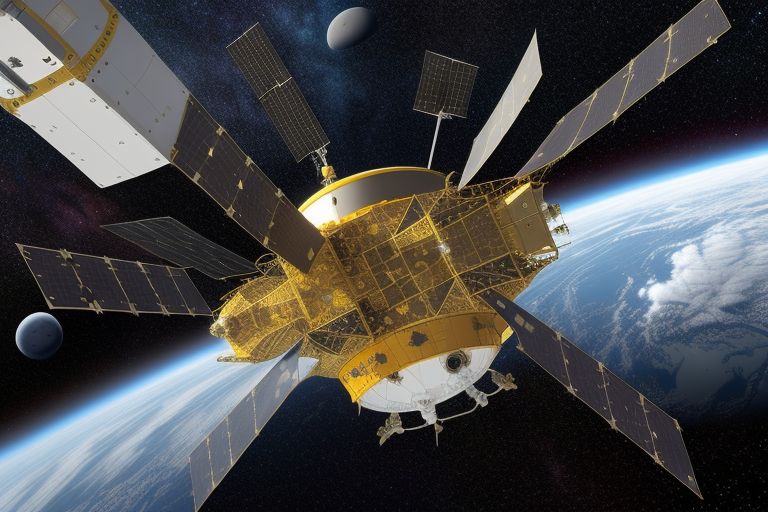In a groundbreaking development for space exploration, a new satellite propulsion system has shattered previous speed records, promising to revolutionize how we deploy and maneuver satellites in orbit. This innovative technology, developed by a collaboration of international space agencies and private aerospace companies, introduces a high-efficiency propulsion system that significantly reduces travel time between Earth and various points in our solar system.
Redefining Satellite Technology
The new propulsion system utilizes a combination of electric and chemical propulsion technologies, optimizing the advantages of each method. Traditional chemical propulsion provides the initial thrust needed to escape Earth’s gravity, while the advanced electric propulsion takes over in space, offering a more sustained thrust over long periods with significantly less fuel consumption.
Technical Breakthroughs
One of the key breakthroughs in this new propulsion system is the use of ion thrusters, which expel ions to create thrust in accordance with Newton’s third law of motion. These thrusters have been enhanced to achieve higher speeds and greater fuel efficiency than ever before. By accelerating ions through an electric field, the system can propel satellites at speeds several times greater than those achievable by conventional systems, reducing the duration of missions to distant planets and asteroids.
Impact on Space Missions
The implications of this propulsion technology are profound. Faster travel not only means that satellites can reach their intended orbits more quickly but also opens up new possibilities for interplanetary exploration and commerce. Missions that previously would have taken years can now be completed in months. This efficiency gain significantly reduces the costs and risks associated with prolonged space missions.
Environmental and Economic Benefits
In addition to its technical advantages, this new propulsion system is designed to be more environmentally friendly than traditional options. By reducing the amount of propellant needed, the system decreases the launch weight and cost of missions. Moreover, the higher precision in maneuverability minimizes the risk of space debris, a growing concern in the aerospace community.
Challenges and Future Prospects
Despite its impressive capabilities, the new propulsion system faces several challenges. The technology requires highly refined materials and sophisticated engineering, leading to high initial development and production costs. Moreover, the long-term effects of increased ion radiation in space need further study to ensure the safety and reliability of the system over extended periods.
Looking ahead, ongoing advancements in materials science and engineering are expected to further enhance the performance and reduce the costs of this revolutionary propulsion system. Space agencies and private companies are already planning missions that utilize this technology, aiming to explore previously unreachable destinations.
Conclusion
The development of this new satellite propulsion system marks a significant milestone in space exploration. By breaking speed records and reducing mission durations, this technology not only enhances our capabilities in satellite deployment but also paves the way for a new era of interplanetary exploration and exploitation. As we continue to push the boundaries of what is possible in space travel, the benefits of such innovations will ripple through the scientific community and beyond, heralding an exciting future for humanity’s ventures into the cosmos.























+ There are no comments
Add yours